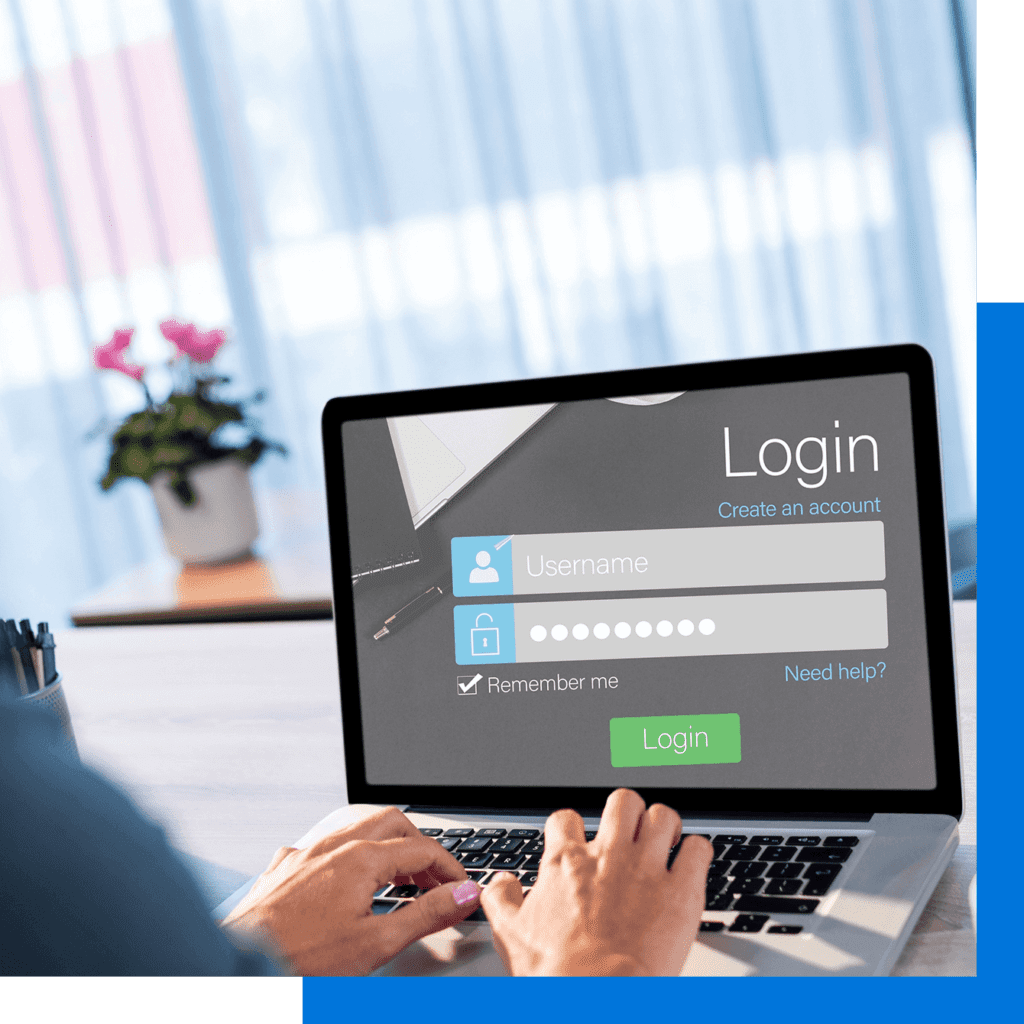© 2022 TouchStone Digital. All Rights Reserved. Privacy Policy. Careers.

Online accessibility regulation changes are coming.
As ominous as that may sound, the new criteria for Web Content Accessibility Guidelines (WCAG) 2.2 provide an opportunity to address and improve your website’s functionality for people with disabilities.
The World Wide Web Consortium created WCAG to establish a set of internationally recognized web accessibility standards to meet the needs of users with physical and cognitive disabilities. The Americans with Disabilities Act Standards for Accessible Design account for online users with visual, auditory, learning, cognitive, neurological and speech disabilities.
The nine new criteria will improve online operation principles to allow for a better user experience.
The WCAG 2.2 update doesn’t replace other WCAG 2 series standards. It’s a set of requirements that build upon improvements established by WCAG 2.0 and 2.1.
There are three levels of standards:
This requirement makes it easier for screen readers and other assistive technology to navigate web pages. Page break locators are fixed reference points that help users search by page number or other input. PDFs use page break navigation and make it easy to scan from page to page.
The Consistent Help standard allows users to find technical support. Most websites meet this requirement with a contact page if it’s easily accessible throughout the site. You can utilize self-help options, automated contact mechanisms or human contact elements, such as chat boxes.
Accessible Authentication creates alternatives to cognitive function tests that are needed to access information, such as a personal account. An example is a browser extension that saves password information so users aren’t required to input their login and password each time they visit a site.
Information previously entered in submission forms will automatically repopulate with Redundant Entry applications. That makes it easier for people with physical disabilities who rely on keyboard controls to repopulate repetitive information, such as confirming an email address or phone number.
People who use keyboard controls usually use the “Tab” button to navigate a website and select an element. Focus indicators are the outline elements that appear as a user tabs over a page. Focus Appearance ensures those indicator boxes visually contrast enough with surrounding page elements to stand out.
Some page elements are triggered by dragging a mouse-controlled cursor. Dragging Movement provides the option to complete dragging operations with keyboard or speech-controlled navigation.
The Target Size Minimum standard requires page elements to be situated far enough apart to ensure a mouse or keyboard doesn’t accidentally select an incorrect component.
These elements help users complete an action, such as navigating a website or submitting a form. Some interactions require hovering or clicking to trigger a response, which aren’t possible for keyboard operators. Visible Controls create alternative input methods, allowing users to interact with a webpage easily.
This standard expands on the criteria established by Focus Appearance Minimum. Webpage elements must meet a 4.5:1 contrast ratio between focused and unfocused elements.
TouchStone Digital specializes in ADA compliance so your online visitors can enjoy a better digital experience, regardless of how they access your website. Contact us to learn about our service options.
Share article
© 2022 TouchStone Digital. All Rights Reserved. Privacy Policy. Careers.